Here’s How to Set up an Indoor Garden in 5 Simple Steps
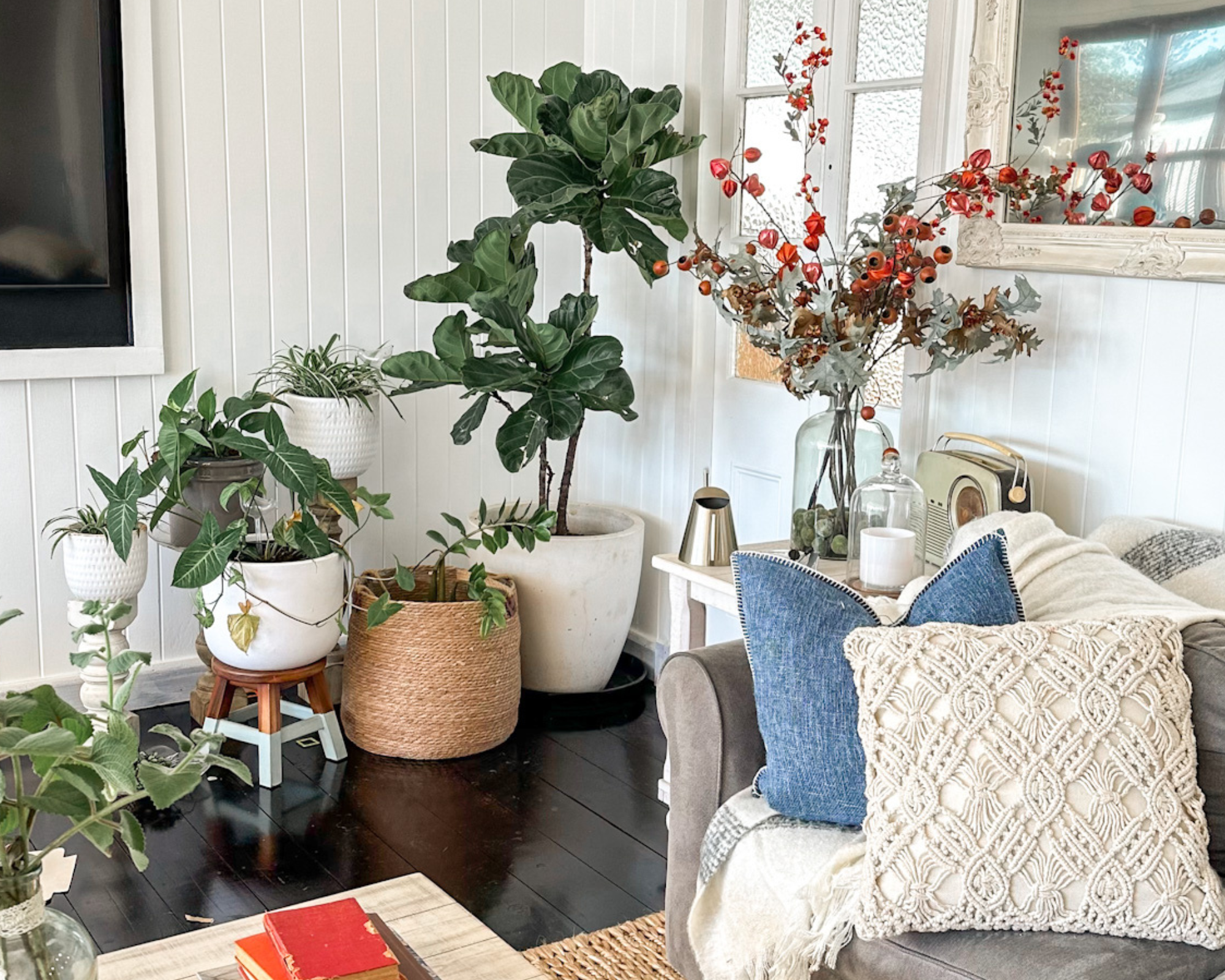
Setting up an indoor garden is a great way to bring some greenery into your home and improve air quality. Here’s how to set up an indoor garden in 5 steps:
Step 1: Choose a Location
Select a spot with good natural light, but avoid direct sunlight, which can cause overheating. Consider the humidity and temperature requirements of your plants.
Step 2: Select Your Plants
Choose plants that thrive in indoor conditions, such as low-light plants like Chinese Evergreen or Spider Plant, or herbs like Basil or Mint.
There are many beautiful and low-maintenance indoor plants that can purify the air, improve the aesthetic, and even boost your mood!
Here are some popular options:
- Snake Plant (Sansevieria Trifasciata): Known for its air-purifying qualities and ability to thrive in low-light conditions.
- Spider Plant (Chlorophytum comosum): Easy to care for and great for beginners, spider plants are also excellent air purifiers.
- ZZ Plant (Zamioculcas zamiifolia): A low-maintenance plant that can tolerate neglect and is great for busy people.
- Dracaena (Dracaena spp.): With over 40 varieties, Dracaena is a versatile and adaptable plant that can grow in a range of lighting conditions.
- Philodendron (Philodendron spp.): A popular choice for hanging baskets or pots, Philodendron is easy to care for and can grow in a range of lighting conditions.
- Peace Lily (Spathiphyllum wallisii): A beautiful plant with elegant white blooms, Peace Lilies are known for their air-purifying qualities and ability to thrive in low-light conditions.
- Rubber Plant (Ficus elastica): A stylish and low-maintenance plant with large, dark green leaves.
- Aloe Vera (Aloe barbadensis): A succulent with healing properties, Aloe Vera is easy to care for and can thrive in a range of lighting conditions.
- Pothos (Epipremnum aureum): A versatile and easy-to-care-for plant that can grow in a range of lighting conditions.
- Boston Fern (Nephrolepis exaltata): A lush and green plant that prefers bright, indirect light and regular watering.
Remember, choose a plant that fits your lifestyle and care level, and don’t hesitate to ask for advice at your local nursery or gardening store!
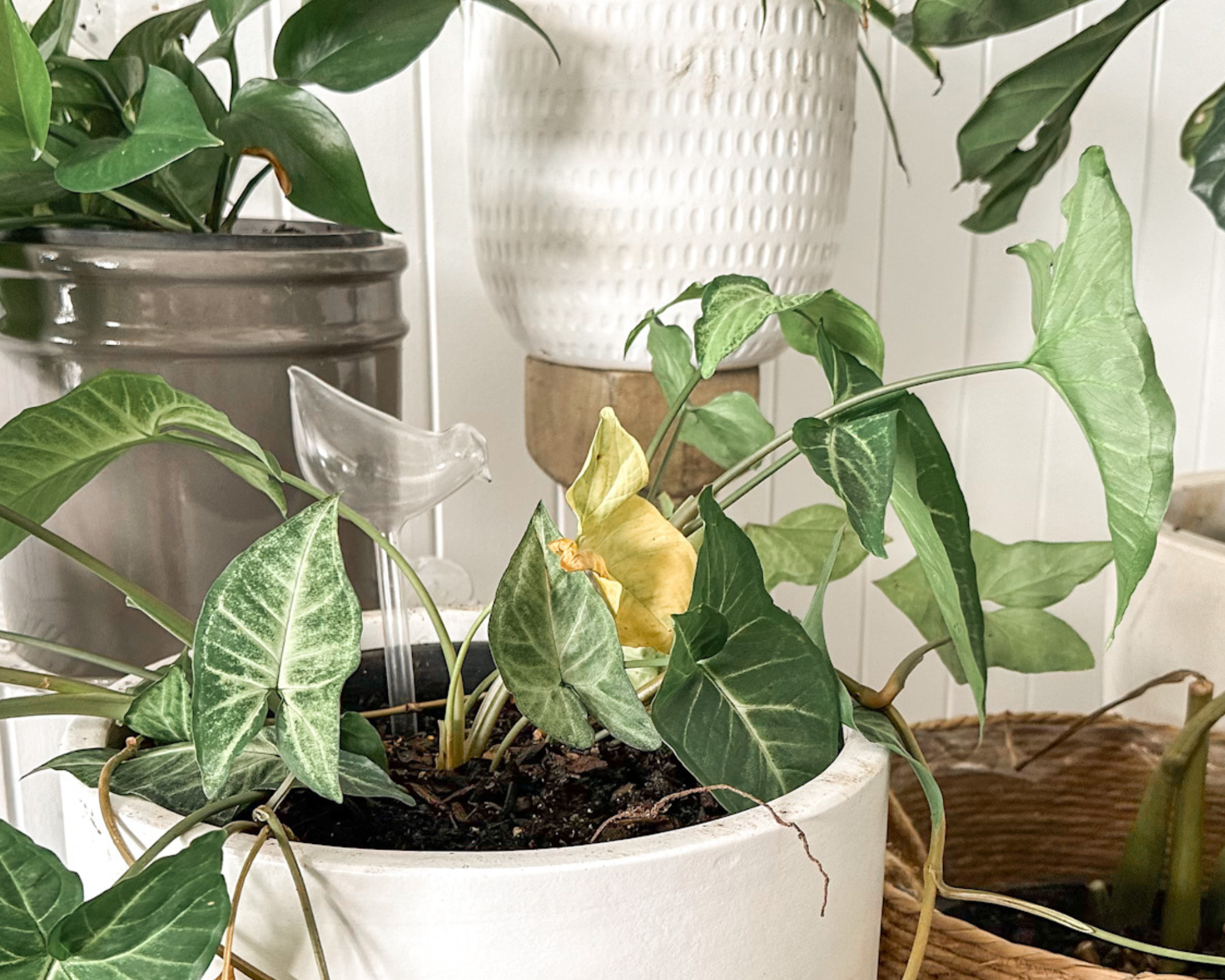
Step 3: Prepare the Soil and Containers
Use a well-draining potting mix and containers with good drainage holes. Consider using self-watering planters or pots with built-in water reservoirs. My preference is having pots that will drain to avoid too much sitting water.
Step 4: Set Up Lighting and Watering
Consider using grow lights if your location doesn’t receive sufficient natural light. Water your plants when the soil feels dry to the touch, and avoid overwatering.
TIP: Stick your finger in the soil to the knuckle, if the soil is dry it’s time to water them.
Some indoor plants love a little humidity so misting the leaves is a great way to keep them happy. I do this weekly.
Step 5: Maintain and Enjoy
Fertilize your plants regularly, prune them to maintain shape, and monitor for pests.
Enjoy the benefits of your indoor garden, including improved air quality and a calming atmosphere. Some popular indoor gardening options include:
- Window boxes
- Hanging baskets
- Vertical gardens
- Terrariums
- Indoor herb gardens
I personally love to use unique items rather than the standard planting shelves.
Remember to research specific care requirements for your chosen plants to ensure a thriving indoor garden!
A healthier living environment can be achieved with small steps including eco friendly products and vegan, all natural candles and wax scents.
@renowayoflife Met Gala ‘Garden of Time’ in Interior Design #interiordesign #gardenoftime #metgala2024 #diyhomeprojects #diyhomedecor #creatorsearchinsights ♬ original sound - Claire | DIY home | Candles
@renowayoflife Interior design ideas inspired by the Met Gala #interiordesign #interiordesignideas #diyhome #dreamhome #homeinspiration #australia #homeideas #creatorsearchinsights ♬ original sound - Claire | DIY home | Candles
*This post may contains affiliate links, so we may earn a small commission when you make a purchase through links on our site at no additional cost to you. My opinions are my own.
Join
Work With Me
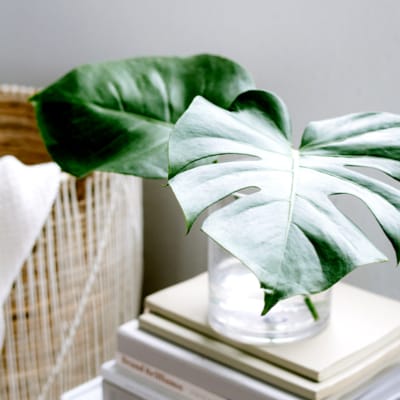


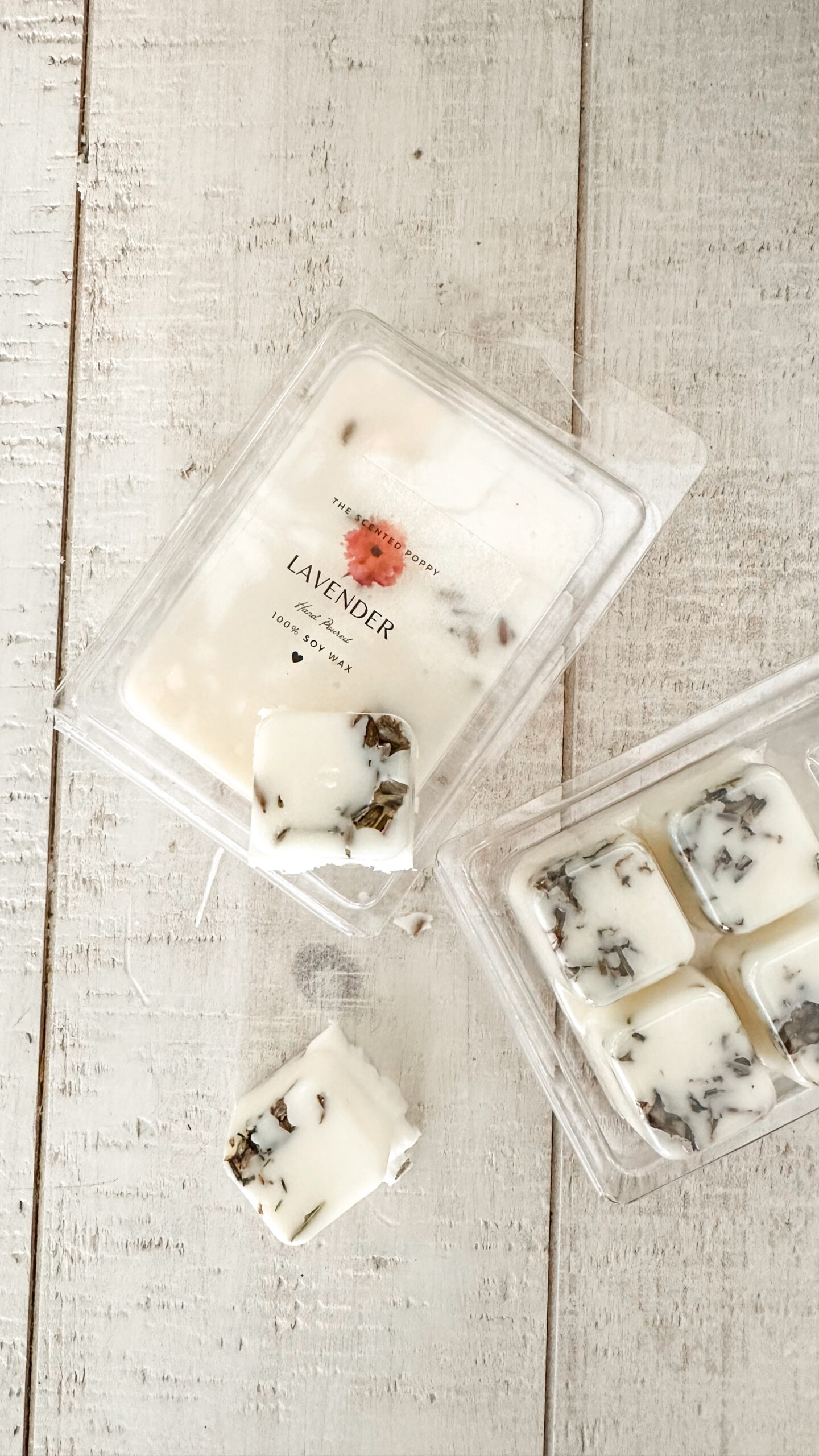
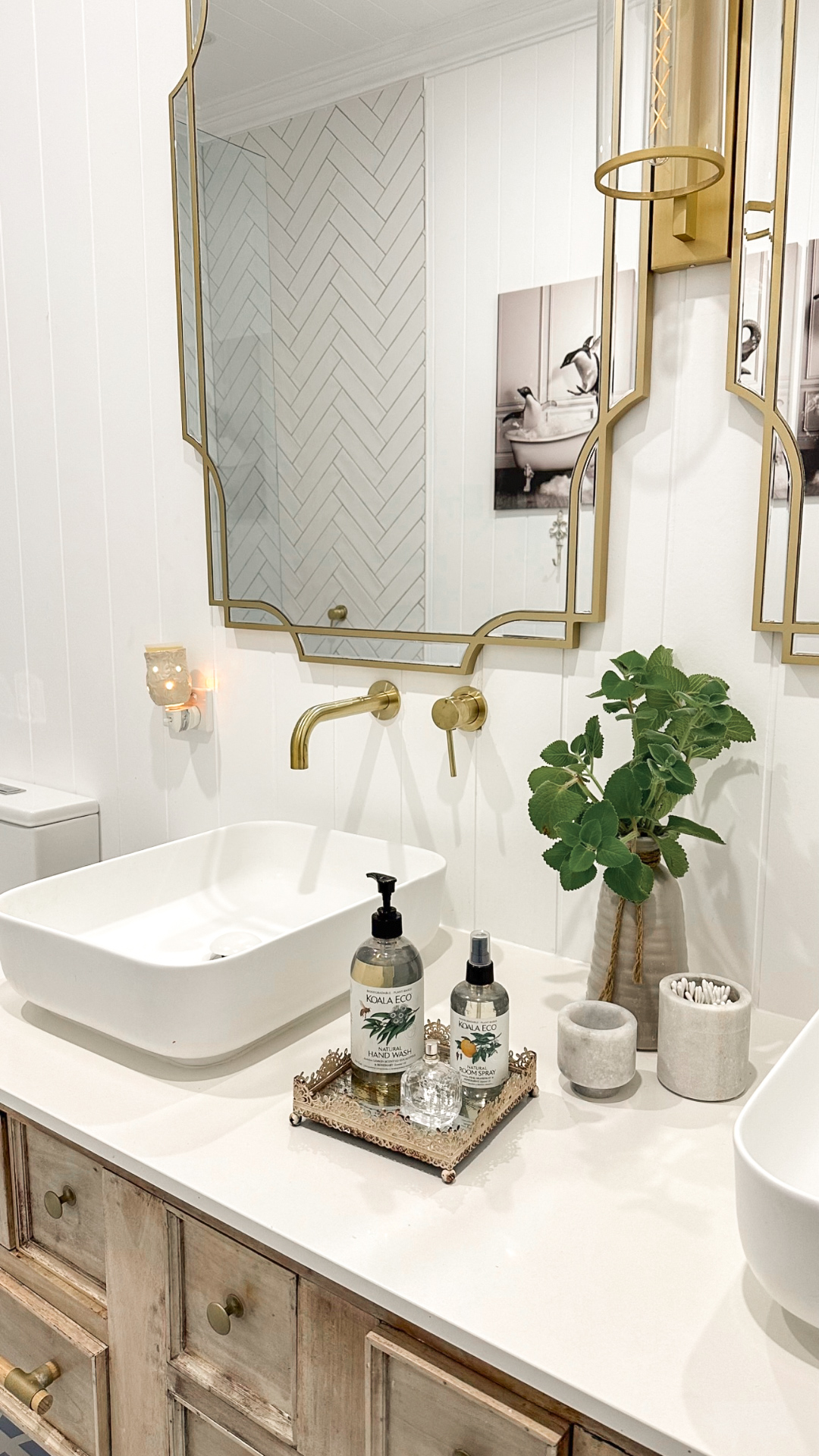
0 Comments